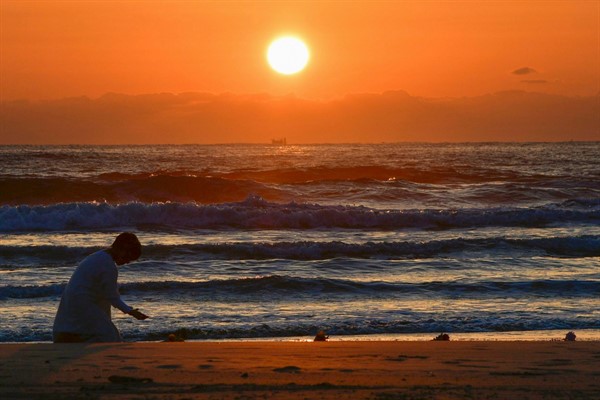The 9.0 magnitude earthquake that struck Japan a decade ago was a literally world-changing event. One of the most powerful tremors ever recorded, it rearranged the planet’s mass, shortening Earth’s day by 1.8 microseconds and causing it to wobble on its axis by an additional 6.7 inches. It also triggered a record-setting tsunami and knocked the Fukushima Daiichi Nuclear Power Plant, in northeastern Japan, offline, resulting in the worst nuclear meltdown the world had seen since the Chernobyl disaster of 1986. More than 18,000 people were left dead or unaccounted for.
For those residents who were left behind to grieve and take stock of the destruction, their worlds were also permanently altered. Many were uprooted, forced to evacuate their homes near the stricken nuclear plant, some 40,000 of them unable to return to this day. Those further afield from the epicenter still had to cope with constant aftershocks at all hours. In the month after the Fukushima calamity, around 5,000 earthquakes were recorded in and around Japan, according to the Japan Meteorological Agency—more than 10 times the number in the previous one-month period. Even for people accustomed to the earth moving beneath them, it was a lot.
The contrast is captured in a striking visualization posted to YouTube in 2012, which cited the Japan Meteorological Agency’s data. Every quake of more than 3.0 magnitude in 2011 is represented by a red blip overlaid on a map of Japan, with a mechanical click that gets louder in proportion to its severity. For the first two months of the year, the sound resembles the irregular pitter-patter of a spring rain. The clicks grow louder and more frequent in early March, until, at 2:46 p.m. on March 11, they become a deluge.

